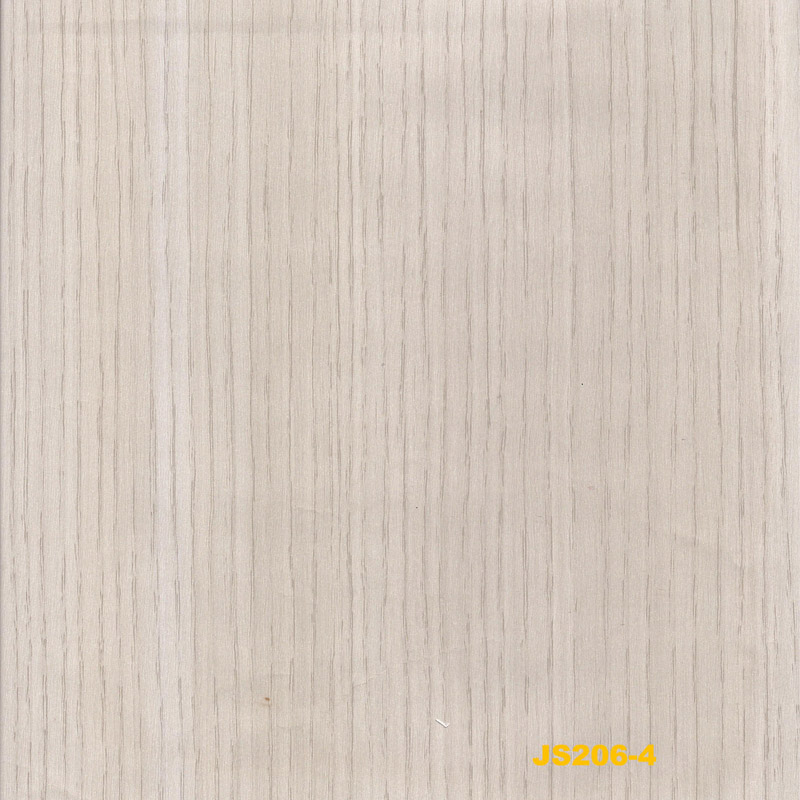- Home
- Decorative Paper Options for Enhancing Furniture Design and Aesthetics
Tach . 29, 2024 17:53 Back to list
Decorative Paper Options for Enhancing Furniture Design and Aesthetics
The Art of Decor Paper in Furniture Design
In the ever-evolving world of furniture design, the materials used play a crucial role in both aesthetics and functionality. One such innovative material that has gained popularity in recent years is decor paper. Often overlooked in favor of more traditional materials, decor paper presents a versatile and affordable option for enhancing furniture products. This article explores the benefits, applications, and future potential of decor paper in the furniture industry.
What is Decor Paper?
Decor paper is a high-quality paper product that is printed with various designs, patterns, and textures. It is commonly used as a decorative surface for furniture such as tabletops, cabinets, and shelving units. Often made from recyclable materials, decor paper can mimic the appearance of wood, stone, textiles, and other natural finishes, making it a sustainable alternative to more resource-intensive materials.
Benefits of Using Decor Paper
1. Cost-Effectiveness One of the primary advantages of decor paper is its affordability. Compared to solid wood, laminate, or other high-end finishes, decor paper allows manufacturers to create visually appealing furniture at a lower cost, making stylish designs accessible to a broader audience.
2. Variety of Designs Decor paper comes in an endless array of patterns and colors. From classic wood grains to vibrant modern graphics, the wide range of designs enables furniture makers to tailor their products to different consumer preferences and trends.
3. Sustainability As environmental concerns continue to rise, the demand for sustainable materials has become paramount. Many decor papers are made from recycled materials, and the production process generally consumes less energy compared to traditional woodworking methods. This makes decor paper a more eco-friendly option for consumers and manufacturers alike.
4. Customization The printing technology used in creating decor paper allows for the customization of designs, patterns, and textures. This capability gives furniture designers the flexibility to create unique pieces that cater to specific market trends or individual client requests.
Applications in Furniture Design
decor paper for furniture products

Decor paper can be applied in various ways in furniture design to enhance aesthetics and functionality.
1. Surface Finishes By applying decor paper to surfaces like tabletops, cabinets, and drawers, manufacturers can create a captivating visual effect. The paper can be treated with protective coatings to enhance durability, making it suitable for everyday use.
2. Accent Pieces Decor paper can also be used to add accents to furniture items. For instance, a simple chair can be transformed with a bold pattern applied to its backrest, or a cabinet can become a statement piece with intricate artwork.
3. DIY Projects The rise of the DIY movement has led many enthusiasts to experiment with decor paper in refurbishing old furniture. By applying new decor paper to dated pieces, individuals can achieve a fresh look without a hefty investment, promoting a sense of creativity and personal expression.
The Future of Decor Paper in Furniture
As technology continues to advance, the potential applications of decor paper in furniture design are bound to expand. Innovations in printing techniques, such as 3D printing and digital printing, allow for more intricate designs and textures. Additionally, advancements in adhesives and protective coatings can improve the durability and resistance of decor paper, making it a viable option for high-traffic areas.
Moreover, as the market increasingly shifts towards sustainable practices, decor paper's eco-friendly properties will likely enhance its appeal. Furniture manufacturers who adopt decor paper can cater to environmentally conscious consumers, thereby creating a niche that aligns with modern values of sustainability and design.
Conclusion
In summary, decor paper is emerging as a fundamental material in the furniture industry, offering numerous benefits while meeting diverse consumer needs. Its affordability, versatility, and sustainability make it an attractive option for manufacturers and designers alike. As trends continue to evolve, decor paper will play an increasingly important role in shaping innovative and aesthetically pleasing furniture products that resonate with consumers worldwide. Embracing decor paper is not just a design choice—it's a step towards a more sustainable and creative future in furniture design.
Latest news
-
Premium Contact Paper Over Desk – Durable & Stylish Desk Cover Solutions
NewsJul.05,2025
-
High-Quality Duplex Board Food Packaging - Reliable Suppliers & Exporters
NewsJul.05,2025
-
Duplex Paper Rate Per Kg – Best Manufacturer & Supplier Prices Online
NewsJul.04,2025
-
High-Quality Duplex Kraft Paper Reliable Suppliers & Exporters Top Manufacturers
NewsJul.04,2025
-
Removable Contact Paper for Kitchen Cabinets - Durable, Easy to Install, Stylish Designs
NewsJun.24,2025
-
Cupboard Decoration with Paper - Stylish Designs, Custom Sizes & Bulk Supply
NewsJun.10,2025

